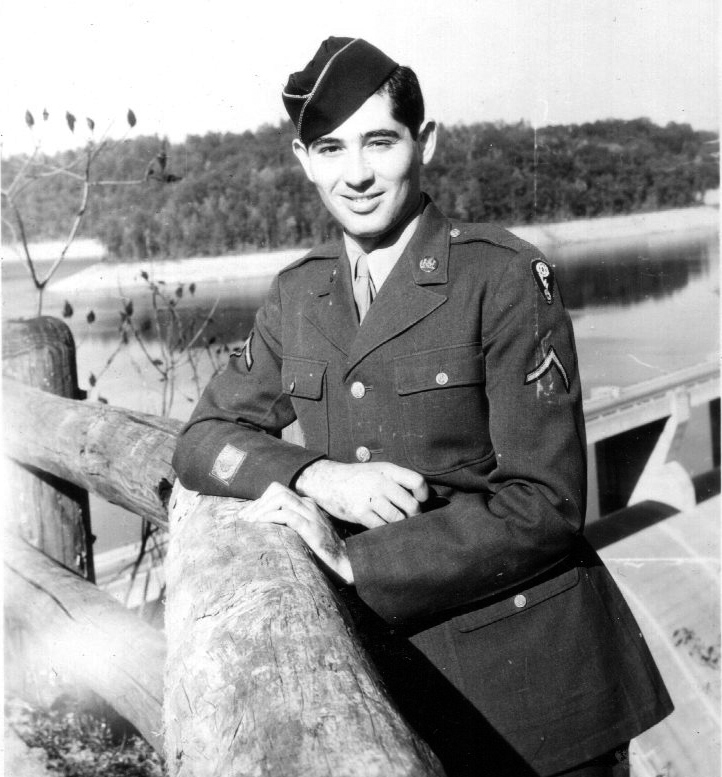William Ginell is a physical chemist who worked at Columbia University and Oak Ridge during the Manhattan Project. At Columbia and Oak Ridge’s K-25 plant, Ginell worked on the gaseous diffusion process.
Ginell was born in New York City during August of 1923. Since his high school years, he was interested in chemistry. He was the captain of his school’s chemistry squad, which set up experiments for visiting demonstrators, and a member of the chemistry club.
In 1939, he applied to Brooklyn Polytechnic Institute, where his brother was a part of the chemistry department’s staff. He initially was rejected due to the quotas on Jewish students. Through the help of his brother and Professor Raymond Eller Kirk, who was the head of the chemistry department, they were able to get the decision reversed. Ginell graduated from Brooklyn Polytechnic in 1943 with a bachelor’s degree in chemistry.
During the summer of 1942, Ginell worked at a Brooklyn hospital performing chemical blood analysis. He was the first undergraduate the hospital ever hired for the work. In December 1943, Ginell began to work for the Substitute Alloy Materials (SAM) laboratories at Columbia University, where he worked with uranium hexafluoride.
A year later, Ginell was drafted at Fort Dix, New Jersey and sent to Camp Claiborne in Louisiana for training camp. He was assigned to a company of new engineers. After about a month, he was transferred back to Manhattan to work at the SAM labs and then the Nash Building.
Around April of 1945, Ginell was transferred to Oak Ridge. In his interview on the Voices of the Manhattan Project website, he reflected on the Army, living conditions, and the intense secrecy and security during the project.
Following World War II, he worked at Brookhaven National Laboratory for about a decade. Needing a change of pace and scenery, Ginell decided to move to California and work for Atomics International, a laboratory of North American Aviation sponsored by the Atomic Energy Commission. Later, he worked for Douglas Aircraft, where he took on a number of roles including the head of group studying the effects of nuclear radiation in space.





